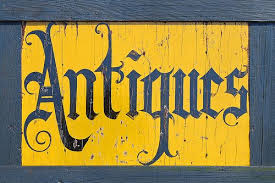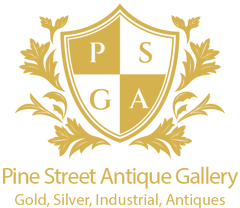How to Spot a True Antique: Tips from an Expert Dealer
Posted by JAMES KENESTON

In today’s market, the line between a genuine antique and a clever reproduction can be hard to see. But with a few expert tips, you can start to tell the difference between old and “made to look old.” Expert James Keneston from Pine Street Antique Gallery can help.
1. Check the craftsmanship.
True antiques were made by skilled artisans using hand tools. Look for irregularities — slightly uneven joints, hand-planed wood, or tool marks. Perfect symmetry and smooth finishes often suggest modern production.
2. Inspect for signs of age.
Authentic pieces show natural wear in logical places — handles, edges, corners, and drawer pulls. Dust or scratches should appear consistent with years of use, not random distressing.
3. Look for maker’s marks or signatures.
Many antique items, from furniture to ceramics, bear identifying marks or stamps. A quick search of those can tell you where and when a piece was made.
4. Examine materials.
Older items often used solid wood, brass, or hand-blown glass — not MDF or plastic fittings.
When in doubt, bring your find to Expert James Keneston from Pine Street Antique Gallery at 176 N Pine Stre, Gloversville NY for an evaluation. A trained eye can confirm authenticity and provide insight into the piece’s history and value.
